Navigating the Reverse Mortgage Process: From Application to Closing
Equal Housing Lender


Licensed by Department of Business Oversight under California Residential Mortgage Lending Act
© 2024 — City First Mortgage Services

Today, we're going to demystify the process of obtaining a reverse mortgage, guiding you from the initial application to the closing. Understanding each step can make the journey smoother and more predictable, ensuring you're well-informed and confident in your decisions.
1. Initial Consultation
The journey begins with an initial consultation, where you'll discuss your financial goals, needs, and whether a reverse mortgage is the right fit for you. This is a great opportunity to ask questions and express any concerns you might have.
2. Consumer Counseling
Before proceeding, you're required to undergo counseling with a HUD-approved counselor. This step is designed to ensure you fully understand the reverse mortgage process, the financial implications, and any alternatives that might be available.
3. Application Submission
Once you decide to move forward, you'll submit a formal application. This includes providing necessary documentation about your identity, home ownership, financial status, and more. It's the official kickoff of the process.
4. Financial Assessment
Lenders will conduct a financial assessment to evaluate your ability to meet the obligations of the reverse mortgage, such as paying property taxes, homeowners insurance, and maintaining the home.
5. Property Appraisal
An appraisal will be conducted to determine the current value of your home. This is a crucial step, as the loan amount you're eligible for is based on this valuation, along with your age and current interest rates.
6. Underwriting
During underwriting, the lender reviews all provided information to make a final decision on your loan application. They'll verify your documents, check the appraisal, and ensure all criteria are met.
7. Loan Approval
Once your loan is approved, you'll receive a loan commitment. This document outlines the terms of your reverse mortgage, including the loan amount, interest rate, and any conditions that must be met before closing.
8. Closing
At the closing, you'll sign the final loan documents. This is the point where you agree to the loan terms and commit to the responsibilities that come with a reverse mortgage. It's also when you decide how you want to receive the loan proceeds.
9. Right of Rescission
After closing, there's a brief period known as the right of rescission. During this time, you have the legal right to cancel the reverse mortgage without penalty. This provides a final opportunity to reconsider your decision.
10. Disbursement of Funds
Once the rescission period passes without cancellation, the loan proceeds are disbursed according to the payment option you selected. From this point, you can start utilizing the funds based on your financial needs and goals.

Read More:








